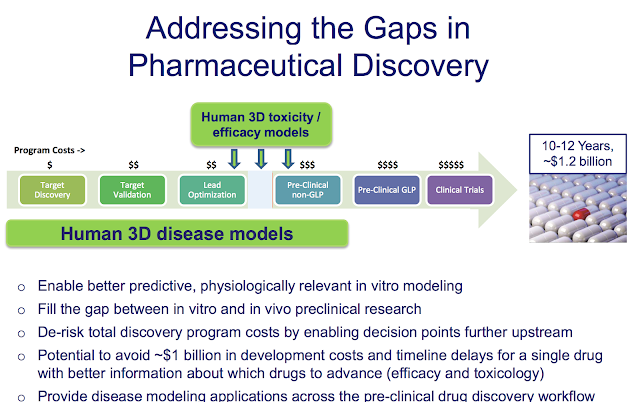Printed human body parts could be available for human transplants within a few years
by noreply@blogger.com (brian wang) from NextBigFuture.com on (#2AKNP)
Every year about 120,000 organs, mostly kidneys, are transplanted from one human being to another. Sometimes the donor is a living volunteer. Usually, though, he or she is the victim of an accident, stroke, heart attack or similar sudden event that has terminated the life of an otherwise healthy individual. But a lack of suitable donors, particularly as cars get safer and first-aid becomes more effective, means the supply of such organs is limited. Many people therefore die waiting for a transplant. That has led researchers to study the question of how to build organs from scratch.
One promising approach is to print them. Lots of things are made these days by three-dimensional printing, and there seems no reason why body parts should not be among them. As yet, such "bioprinting" remains largely experimental. But bioprinted tissue is already being sold for drug testing, and the first transplantable tissues are expected to be ready for use in a few years' time.
Researchers have implanted printed ears, bones and muscles into animals, and watched these integrate properly with their hosts.
Last year a group at Northwestern University, in Chicago, even printed working prosthetic ovaries for mice. The recipients were able to conceive and give birth with the aid of these artificial organs.
Sichuan Revotek, a biotechnology company based in Chengdu, China, has successfully implanted a printed section of artery into a monkey. This is the first step in trials of a technique intended for use in humans.
 Revotek implanted artery into a monkey
Revotek implanted artery into a monkey
 Revotek presentation
Revotek presentation
Similarly, Organovo, a firm in San Diego, announced in December that it had transplanted printed human-liver tissue into mice, and that this tissue had survived and worked. Organovo hopes, within three to five years, to develop this procedure into a treatment for chronic liver failure and for inborn errors of metabolism in young children. The market for such treatments in America alone, the firm estimates, is worth more than $3 billion a year.


Nature Biotechnology also had a review of bioprinting


Read more










One promising approach is to print them. Lots of things are made these days by three-dimensional printing, and there seems no reason why body parts should not be among them. As yet, such "bioprinting" remains largely experimental. But bioprinted tissue is already being sold for drug testing, and the first transplantable tissues are expected to be ready for use in a few years' time.
Researchers have implanted printed ears, bones and muscles into animals, and watched these integrate properly with their hosts.
Last year a group at Northwestern University, in Chicago, even printed working prosthetic ovaries for mice. The recipients were able to conceive and give birth with the aid of these artificial organs.
Sichuan Revotek, a biotechnology company based in Chengdu, China, has successfully implanted a printed section of artery into a monkey. This is the first step in trials of a technique intended for use in humans.
 Revotek implanted artery into a monkey
Revotek implanted artery into a monkey Revotek presentation
Revotek presentationSimilarly, Organovo, a firm in San Diego, announced in December that it had transplanted printed human-liver tissue into mice, and that this tissue had survived and worked. Organovo hopes, within three to five years, to develop this procedure into a treatment for chronic liver failure and for inborn errors of metabolism in young children. The market for such treatments in America alone, the firm estimates, is worth more than $3 billion a year.


Nature Biotechnology also had a review of bioprinting


Read more